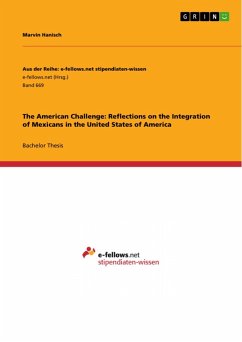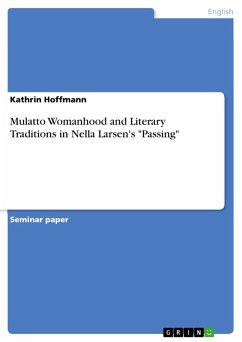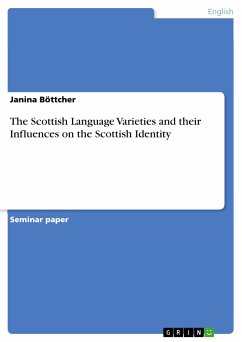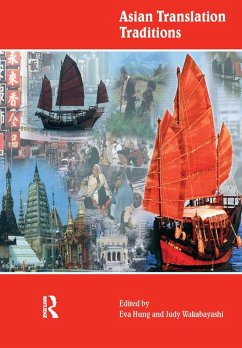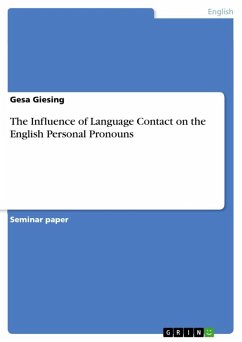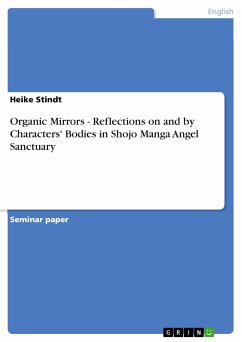
Organic Mirrors - Reflections on and by Characters' Bodies in Shojo Manga Angel Sanctuary (eBook, ePUB)

PAYBACK Punkte
0 °P sammeln!
Seminar paper from the year 2004 in the subject English Language and Literature Studies - Comparative Literature, grade: 1, University of Siegen, course: Introductory seminar: 'Under the Influence: Asian Film Traditions and Hollywood', language: English, abstract: Although products of a highly commercialised entertainment industry, Japan's manga are still rooted in a tradition of refined figurative self-reflection. Especially theatrical practice with its multiple forms of expression affected manga in a way that it began to feature the human body as the most flexible symbol of both physical and...
Seminar paper from the year 2004 in the subject English Language and Literature Studies - Comparative Literature, grade: 1, University of Siegen, course: Introductory seminar: 'Under the Influence: Asian Film Traditions and Hollywood', language: English, abstract: Although products of a highly commercialised entertainment industry, Japan's manga are still rooted in a tradition of refined figurative self-reflection. Especially theatrical practice with its multiple forms of expression affected manga in a way that it began to feature the human body as the most flexible symbol of both physical and psychical concerns. "In Japanese [...] comics this protean transforming body is sometimes grotesque [...], sometimes alluring [...], but always memorable. [...] In this fantastic mode, ranging from science fiction to occult pornography, the body interrogates the dominant constructions of identity in modern societybe they gender-based or even human species-based." (Napier, 37) Under such a heading different subgenres of manga developed their own distinctive techniques of presenting bodies. Theshojo1genre, in the beginning exclusively aimed at adolescent girls, acquired its characteristic motifs and style in the seventies when conquered rapidly by draughtswomen who made it a successful domain on the Japanese comic market. Female protagonists were then alternated with so-calledbishonen,sensitive young men of feminine beauty deviating from sexual and social norms by entering into romanticised homoerotic relationships. Androgyny, nonconformity and role reversals, which went back particularly to Kabuki and Takarazuka theatre2, became omnipresent inshojomanga. Great emphasis was placed on physical beauty which did therefore not fall victim to stylisation as it was the case in other genres. Plot ceased to be the centre of interest and gave way to detailed illustrations of inner conflict and personal development for which the human body often constituted the visible equivalent. From this, manga critics also frequently drew conclusions about the inner life of the meanwhile grown main target group, actually girls and young women in their teens or early twenties.
Dieser Download kann aus rechtlichen Gründen nur mit Rechnungsadresse in A, B, BG, CY, CZ, D, DK, EW, E, FIN, F, GR, HR, H, IRL, I, LT, L, LR, M, NL, PL, P, R, S, SLO, SK ausgeliefert werden.







